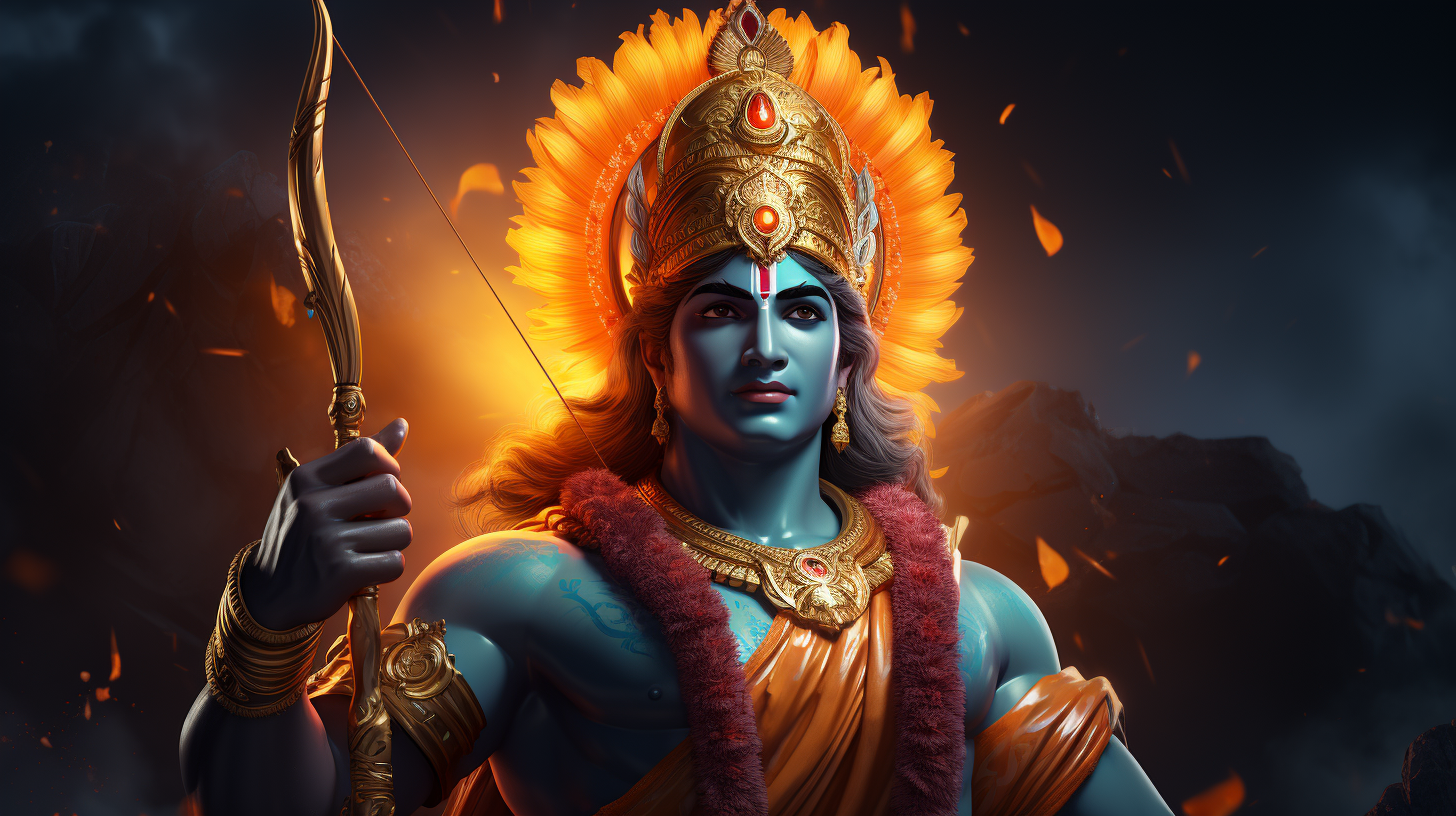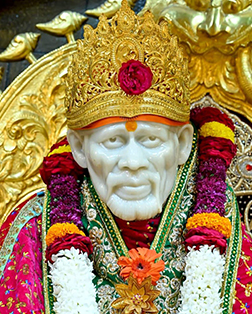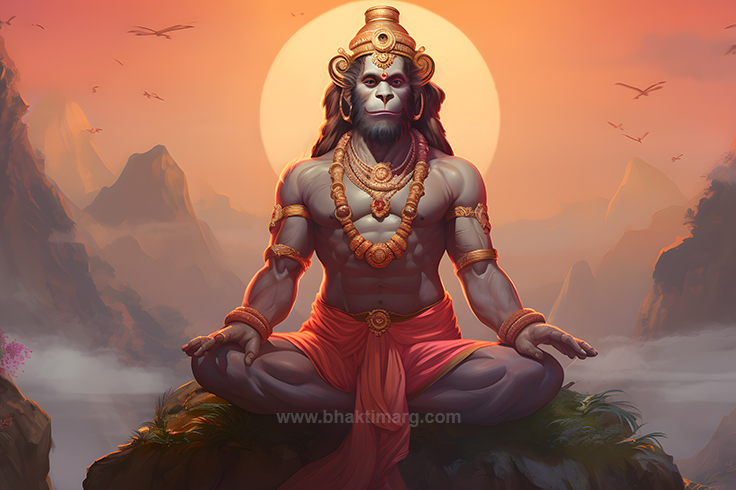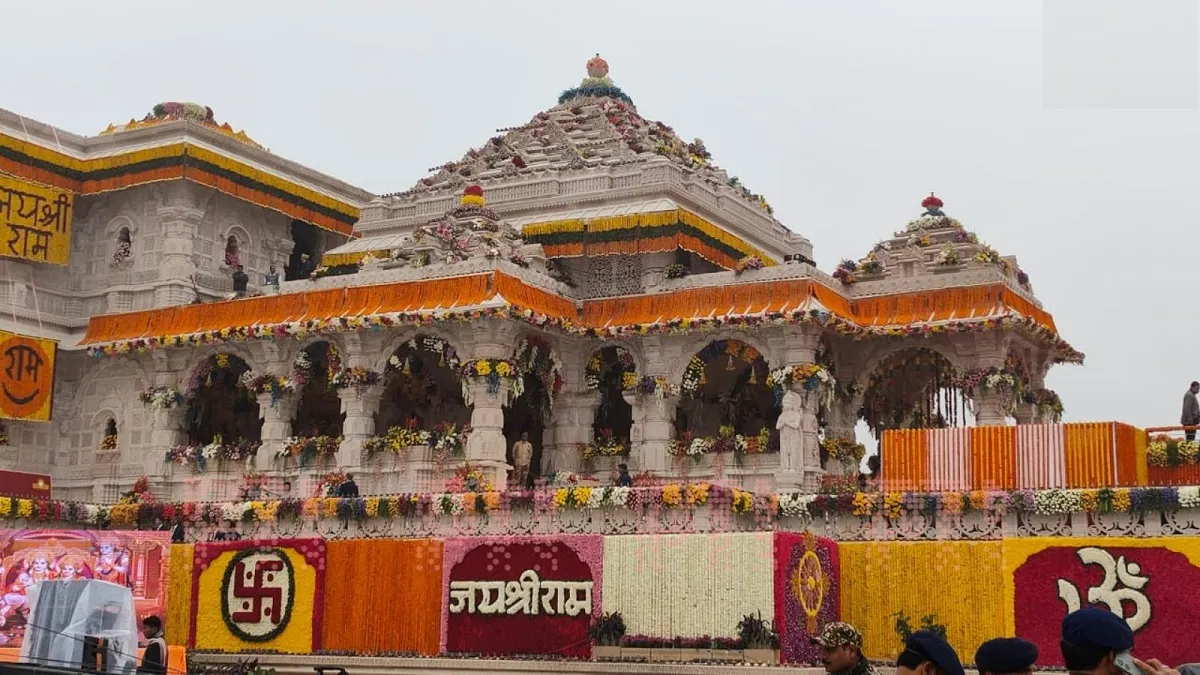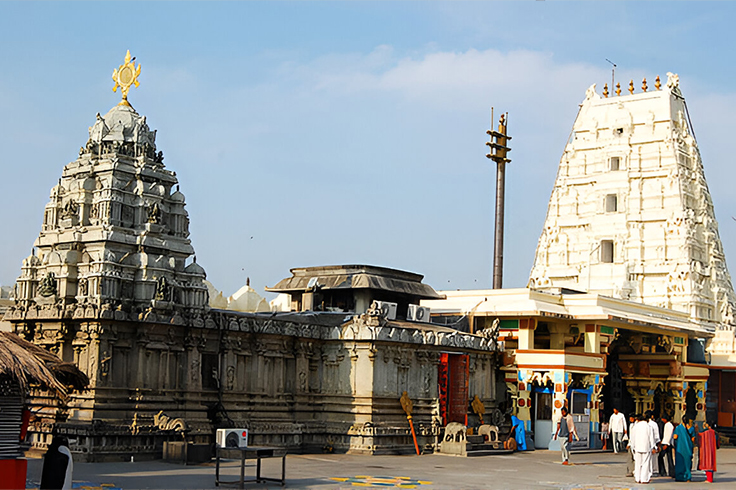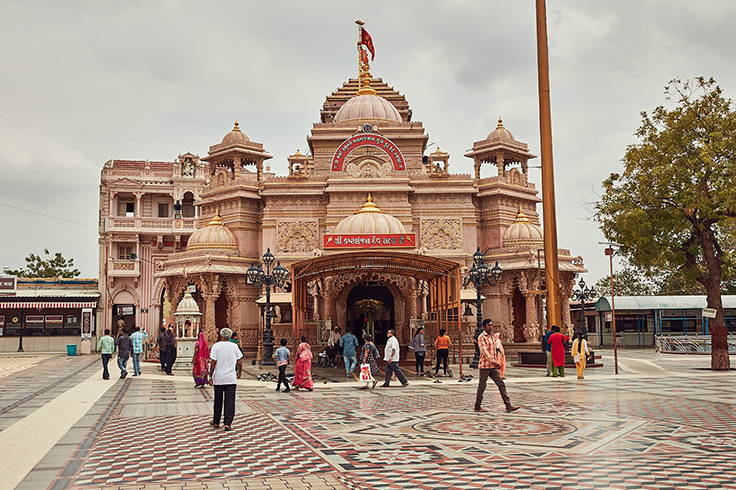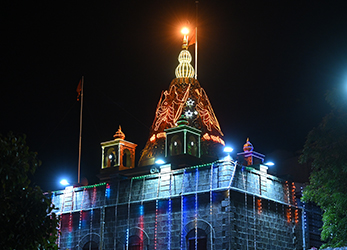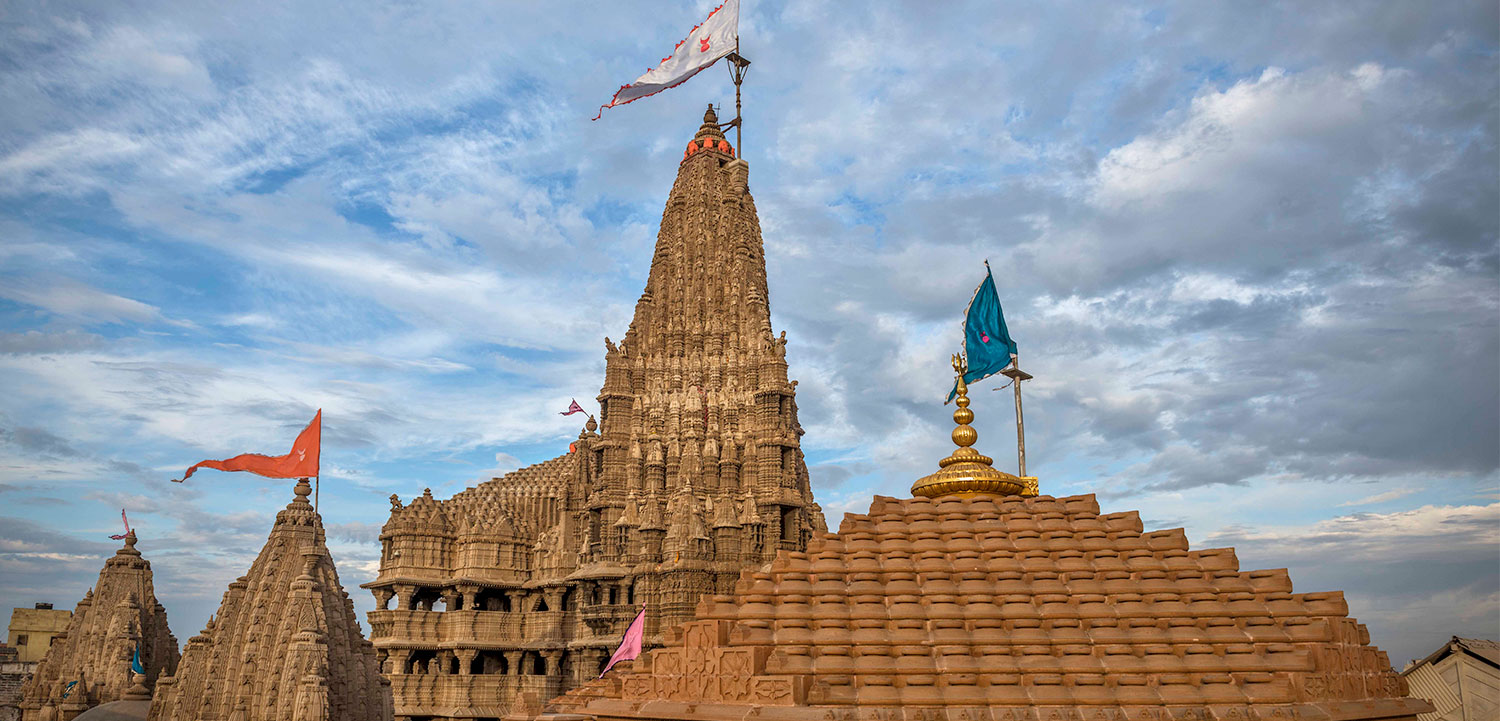Dussehra Festival Story: Lord Rama’s Victory Over Ravana
Hinduism is an amalgamation of varied beliefs, deities, gods, ideologies, cultures, traditions, and languages, each having its significance and celebration accordingly. Bhakti Marg in Hinduism promotes respect for individual beliefs and the existence of multiple sects. Dussehra festival is one such example that establishes this ideology throughout the Hindu religion. Let’s dive into why so and several aspects to know more about Dussehra.
When is the Dussehra Festival Commenced
Dussehra is also called Vijayadashami, the term meaning ‘Vijaya’ victory, and Dashami means tenth, literally translated it means victory on the tenth day. The Dussehra festival is celebrated on the tenth day of the lunar month of Ashwin. A specific date cannot be stated as it is determined by the Hindu Lunisor calendar which considers the position of the moon and other celestial bodies. Even so, it typically falls in September or October of the Gregorian calendar.
Why is Dussehra Celebrated?
Vijayadashmi is the tenth day celebrated after the Navaratri Festival, in Hinduism it has several significant stories. Although stories are different the ideology behind each of the stories is the same the victory of good over evil. The popularly known beliefs are the following two,
- In Eastern India Dussehra Festival coincides with Durga Pooja signifying the victory of Goddess Durga over the demon Mahishasur after the fight that continues for nine days, she finally defeats the demon and establishes righteousness and justice over the evil. This belief is prominent in some western, eastern, and southern parts of India. They celebrate the nine prominent forms of Durga Mata throughout the nine days concluding it with her victory over the devil on the tenth day.
- In the northern parts of India and some southern parts or distributed Dravidian follows the remarkable defeat of the demon King Ravana by the Ayodhyan Prince Shri Ram as the Dussehra Celebration. This legend is prominent in the scriptures namely Valmiki Ramayan and Ramcharitramanas, where they depict the Lord Rama Story also known as Maryada Purushottam. Lord Rama is a revered figure in Hinduism as he is the incarnation of Lord Vishnu on earth in Treta Yug to establish Dharma. In this avatar, he was born as the eldest son of King Dashratha and Queen Kaushalya of Ayodhya and was characterized by his unwavering commitment to Dharma, virtue, and justice with exceptional qualities of love, humility, compassion, and moral integrity. The scriptures mention that during exile Demon King Ravana abducted his wife and in the peril of saving her he defeated Ravana and his tyranny. And on the day Lord Rama defeated the demon king is celebrated as Dussehra the victory of good over evil, just over unjust
Significance of Lord Rama and Dussehra Festival
Hinduism is filled with mesmerizing events giving life guidance to the followers, and the instance of Bhagwan Shri Ram is the same. The Dussehra celebration holds a significant place in Hindu traditions so does the peril of Shri Ram as it depicts certain things.
- Along with Goddess, Lord Rama is revered during the Dussehra Festival because he is an embodiment of Dharma who established his sense of duty and righteousness with the defeat of Ravana, which establishes the idea that good will always win over evil
- This grand event also depicts his dedication to upholding the sanctity of marriage along with honoring and protecting a woman, establishing the value of women in Hindu culture
- He emphasized the value of family, loyalty, and ideal ruler qualities, along with his mates who helped him in battle against the evil
- The Dussehra Festival is a remembrance of the epic win over evil and Lord Rama is the epitome of devotion, a role model, and a moral compass establishing values for others to recite and follow
Hence Lord Rama’s significance in the Dussehra story is beyond an event as it encompasses profound spiritual, ethical, and cultural dimensions, making it a timeless and revered celebration in Hindu tradition.
Other Related Dussehra History:
There are many Dussehra Stories except for the two famous stories, as Dussehra is celebrated on a dedicated day of Ashwin month according to Hindi tradition, there are many events that took place in different Yug’s and are collectively celebrated today. Let’s look at what other remarkable legends and beliefs exist about Dussehra.
- The story of killing demon king Ravana at the hands of Lord Rama and the killing of Mahisasura by Goddess Durga is well known hence Vijayadashmi is celebrated as the day exhibiting victory of righteousness and good over evil.
- Another Dasara festival story is of Pandava retrieving their weapons according to Mahabharata, the Pandav hid their weapons in the Shami tree, and they found their weapons intact, so they worshipped the tree, and this tradition follows in many western and northern regions
- Another note in Dussehra history is the day when Arjun after completing a severe penance obtained a divine weapon as a blessing from the Lord Shiva
Connected to these Dasara festival stories, celebrations are commenced, and different traditions are followed.
Dusshera Celebration in Hinduism:
Well, Why Dasara is celebrated is well known but more interesting is knowing how Dussehra celebration is done in several sects of Hinduism and parts of India.
- One that tops all the Dussehra celebrations is a stage dramatic performed enacting the episode of Ramayana called Ramlila in North India and Dashavatar in the western parts of India, where adventures of Lord Rama are vividly depicted promoting their values
- Then there is a tradition of the grand procession and parades featuring Lord Rama, Sita, Laxman, and Shri Hanuman taken through streets accompanied by music and dance during the Dasara festival
- There is a practice of burning huge statues representing Ravana as a symbol of defeating evil and establishing righteousness an act that represents the victory of good and burning the bad
- A common way of Dussehra celebration is exchanging gifts and conducting pooja of Goddess Durga praising her for her all-pervading existence. Representing the time when Pandava finished exile and retrieved their weapons and a symbol of Devi’s divine weapon which destroyed evil there is the practice of Ayudh Pooja
Dusshera Festival is a multifaceted, religious, cultural, and social event, that symbolizes the ultimate victory of virtue and righteousness. This a reminder of adhering to Dharma, upholding morality, and celebrating the trump of good over evil.




